
PR
There are several episodes of cat hauntings in Kyoto to this day. One of them is,Floating Cat" at Koseiji Temple of the Kenninji School of Rinzai Zen Buddhism (not open to the public)It is.Seven Wonders of IzumiThe company is counted as one of the most important
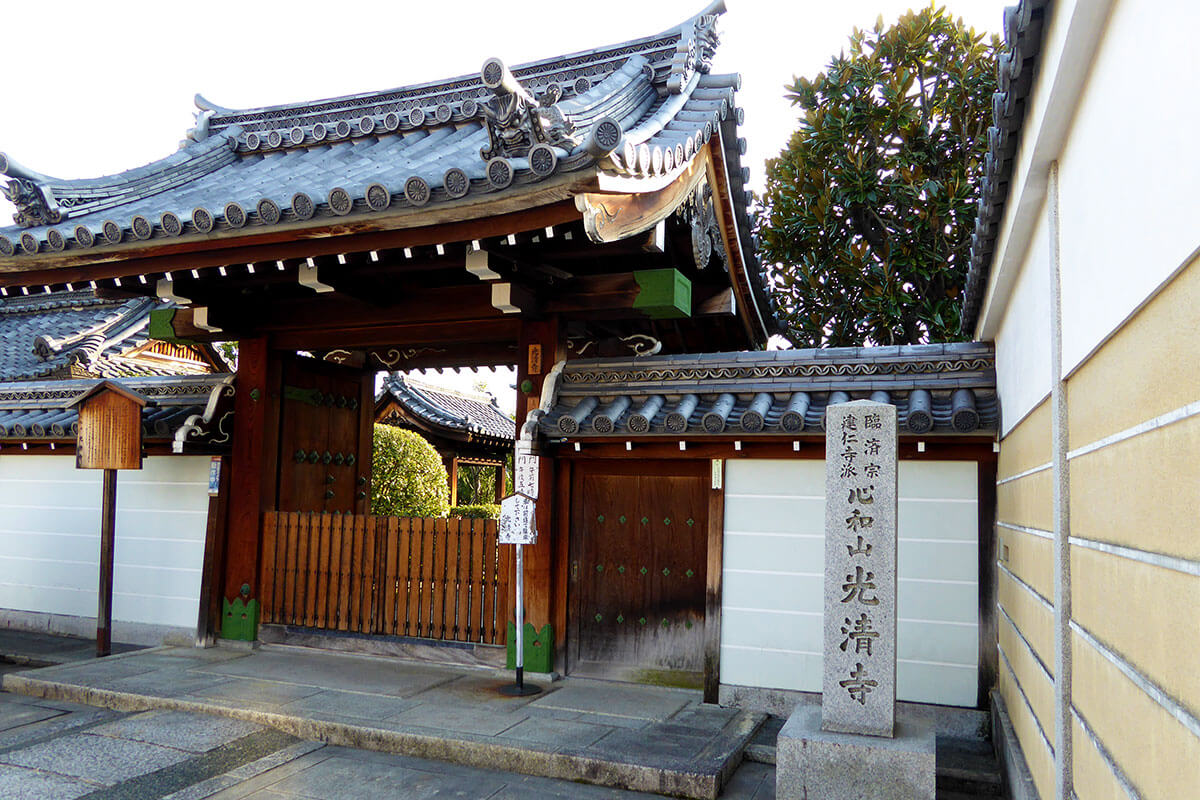
Koseiji Temple of the Kenninji School of Rinzai Zen Buddhism
(Not open to the public)
During the Edo period, an ema (votive tablet) depicting peonies, butterflies, and a cat facing straight ahead was hung in the Benten-do hall on the temple grounds. At that time, the sound of shamisen music could be heard every night on the wind from the flower street near this temple.
One night,The cat slipped out of the ema (votive tablet) in Benten-do and transformed into a woman and began to dance to the accompaniment of shamisen music.Their appearance is as beautiful as if they were dancing celestial maidens. Those who saw it were in awe,Reputed to be a "floating cat"to call the temple. Then, every night, people who heard the rumors came to the temple,The troubled priest covered the ema with a wire mesh and used his legal power to trap the cat.
That night, however, a warrior stood before the abbot's dream. I am an incarnation of the cat on the ema, trapped by the power of the Dharma. From now on, I will not make a fuss in the world, so I beg you to release the seal. (Since the temple was of the Rinzai sect of Zen Buddhism, it is said that the cat came out in the form of a warrior out of concern for him.)The priest felt sorry for the cat and unsealed the seal. The cat kept its promise and never slipped out of the ema again.
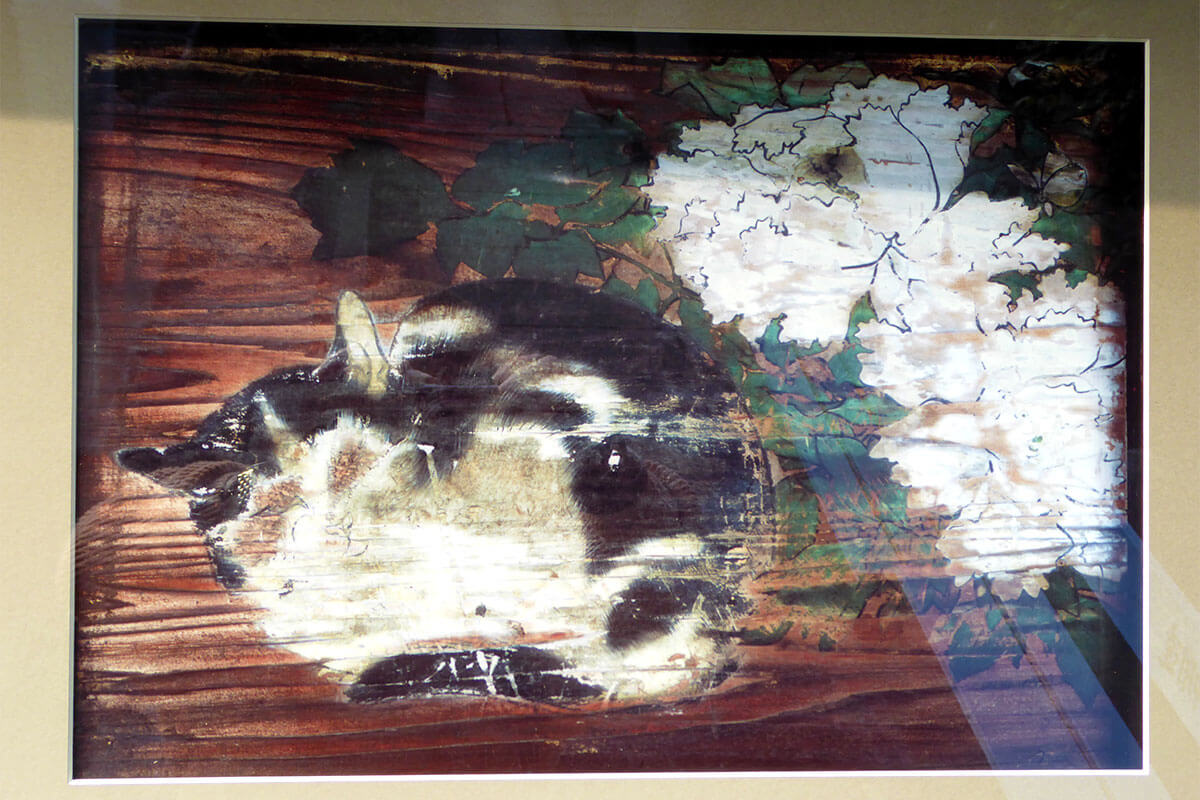
Ema (votive tablet) of "Ufureneko" (floating cat)
(Photographs donated by photographer Akira Nakata, taken by the author)
The story goes that this cat not only danced, but also meowed and drank water.
Since then, the cat never got out of the ema, but only rumors spread,Visiting Benten-do (Benten Hall) brings blessings for improvement in shamisen playing and dancing.It is said thatFaith from the women of Hanamachicollected.
We have heard of other stories of animals depicted on ema (votive tablet) that have slipped out of the picture, but I think it is because the cat on this ema was so well done that it looked just like the real thing.
Also, at that time, geisha and prostitutes working in the Hanamachi were called "Neko" in a cloak-and-dagger term. The reason why they were called so was that cats were nocturnal, and thus referred to women who went out to work at night.When a prostitute is reborn, she becomes a catI also heard that he was also told to do so.
Now, this ema (the actual ema) has deteriorated severely after years of exposure to the elements,Unfortunately, you can't see it.The temple's hall is decorated with photographs of the real thing. A photo of the actual cat is displayed in the temple hall. The cat seems to be black and white. It depicts a peony flower. Peony is a spring flower. Its roots have long been used as a gynecological medicine, which may have given the cat the image of a cat = a woman, and nocturnal = a prostitute. Moreover, since the ghost story of "peony lanterns" was already popular at that time, people in Kyoto may have seen the peony and cat ema at this temple and spread it as one of the seven wonders of Izumi, which are both bewitching and glamorous.
*Koseiji Temple is not open to the public.
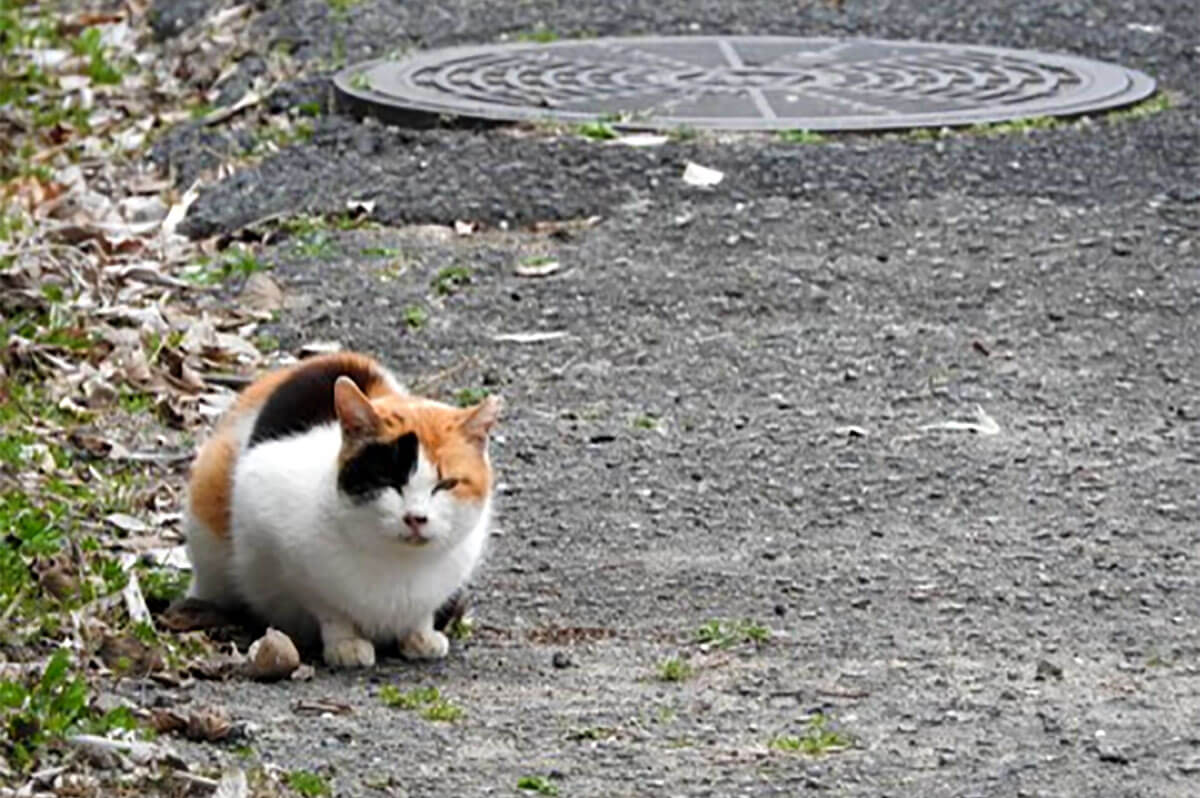
Tortoiseshell cat as depicted on an ema
(Citation:Photo material: Footage)
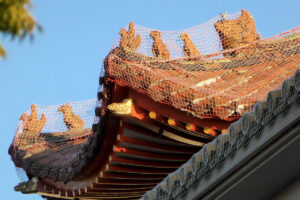
What do you think of the amulet on the roof in Kyoto?
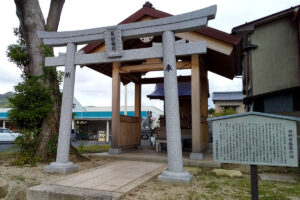
Bancho Sarayashiki, one of Japan's three ghost stories
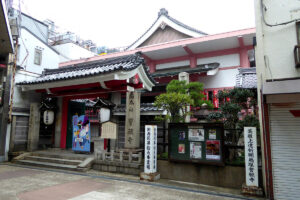
How did you find the "lost" in the old days?
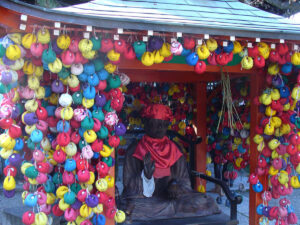
There are three worms in a person's body!
Tradition that exists everywhere in the city of Kyoto. It is not just a picture, it is secretly alive in this modern age and continues to coexist with people. The two of Office TO, who previously wrote a series of articles "Kyoto's Demon World Exploration" in the monthly magazine Leaf, explore the mysterious "different" world of Kyoto, which was created over 1200 years. I will unravel the story while actually visiting the place. .
 News
News Feature article
Feature article Featured event
Featured event